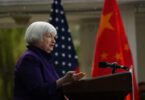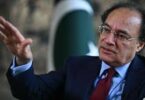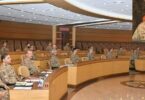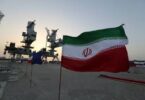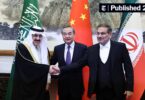The first round of talks between the visiting team of International Monetary Fund (IMF) and high official of the government concluded in which the advice of this international donor agency for depreciation of currency was conceded. Pakistani Rupee was constantly losing value in exchange with US dollar and other hard trading currencies. The State Bank would now let the currency exchange rate to adjust to market conditions.
The advice for the currency depreciation was resisted almost for two years. But at the same necessary fiscal and monetary measures were not taken for exports facilitations and imports substitution. Expanding the tax base with direct taxes was made a prohibited tree to appease the affluent people and the poor majority was overburdened with a barrage of regressive indirect taxes. The repeated requests of rice, and textile exporters for lowering the tariff of energy inputs to reduce production cost and incentives for exports were not considered, rather contemptuously rejected. The three years stock of rice is accumulated in warehouses and could not be exported. On the contrary, irrational regulatory duty was slapped on a large number of essential and nonessential consumer goods in violation of World Trade Organization regime for free trade. The tough regulatory duties invite retaliatory countervailing duties from trading partners.
The timing of currency depreciation was planned to ensure the materialization of $2.5 worth receipts from Euro and Sukuk bonds floated in the European and American markets. The depreciation in the value of rupee will certainly increase the debt burden. This move allowed the currency exchange to touch Rs. 11o to a US dollar before setting around Rs.108. Devaluation or depreciation of currency is not the plausible answer for deteriorating exchange rate unless deep seated structural weaknesses of the economy are addressed. The 60 percent deliberate devaluation of Rupee by Z.A Bhutto government did not boost exports rather it shook the foundation of the hitherto stable economy.
Though reflecting a positive trend in the external sector, the overall volume of exports and workers remittance would not close the trade gaps and current accounts deficits without effective imports substitution policy. It is a matter of shame for the feudal and mercantile class dominated government and parliament that Pakistan has to import those fruits and vegetables the production of which used to be surplus in the decade of 1960s. Exports can be increased with selected subsidies and enhanced productivity. But the productive capacity of the economy can not be boosted unless the prices of energy inputs like electricity and gas are reasonably lowered; surcharges on POL reduced, and sale tax rate brought down. But the government is not willing to improve the economic environment by slashing down the cost of doing business. Although Ishaq Dar is no more the finance Minister yet the “Darnomics” legacy is all pervading in the economic decision making. The debt burden will remain unmanageable without moving to self-reliance in strategic areas, because dependence on foreign loans can not be reduced and there will be no escape from periodical recourse to IMF bail outs with more tough conditions.

